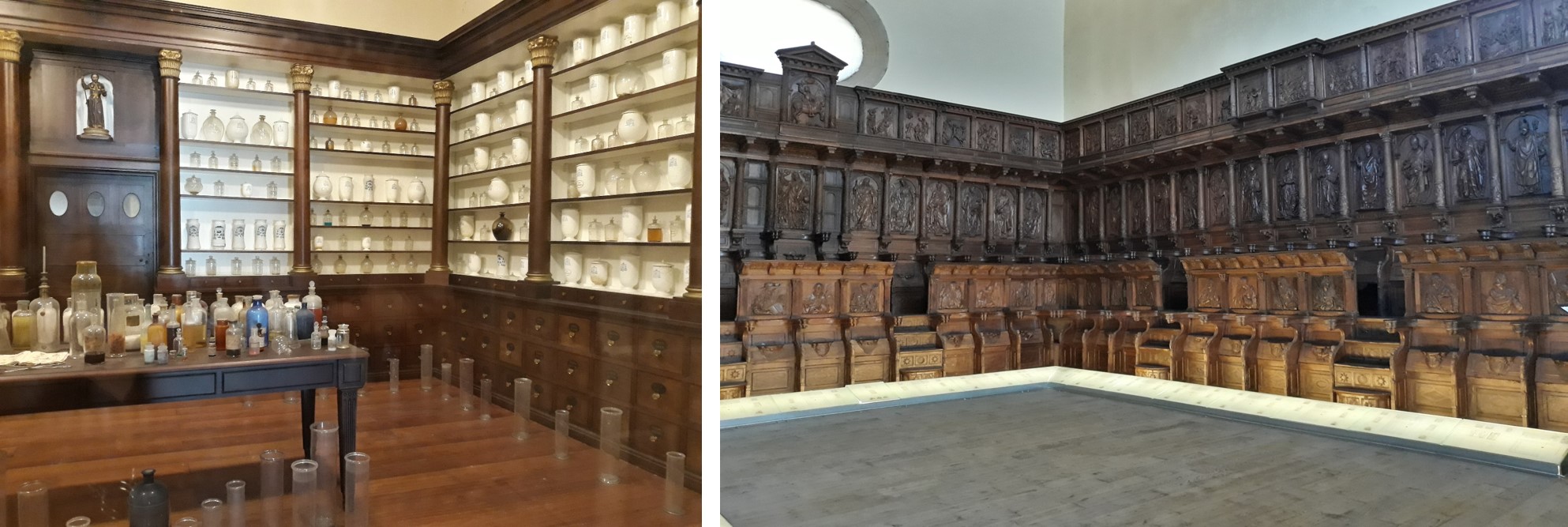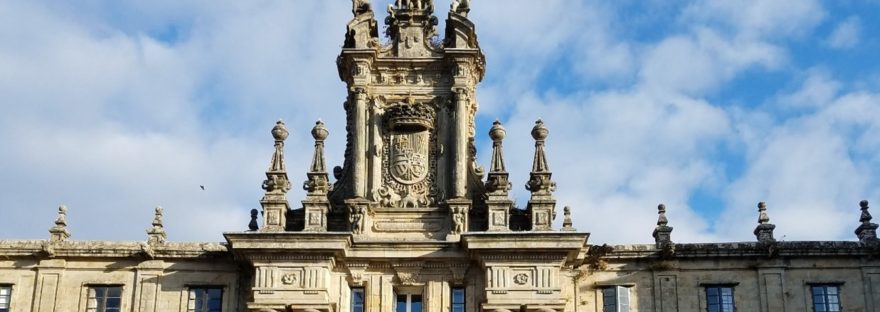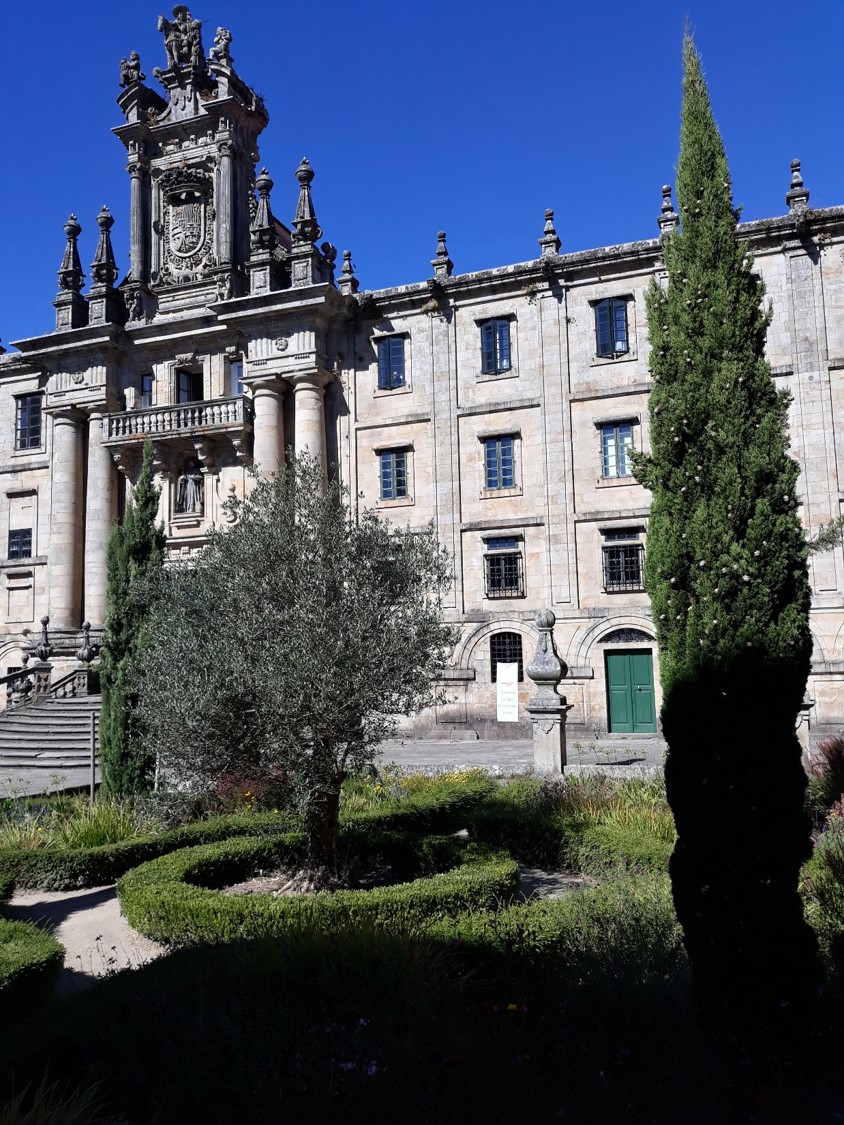 The city of Santiago de Compostela in Galicia, Spain, is full of religious buildings of great importance, primarily for being one of the most important pilgrimage centers for the Catholic faith. The Monastery of San Martin Pinario is the largest monastery in all of Galicia. However, its origin is much more humble.
The city of Santiago de Compostela in Galicia, Spain, is full of religious buildings of great importance, primarily for being one of the most important pilgrimage centers for the Catholic faith. The Monastery of San Martin Pinario is the largest monastery in all of Galicia. However, its origin is much more humble.
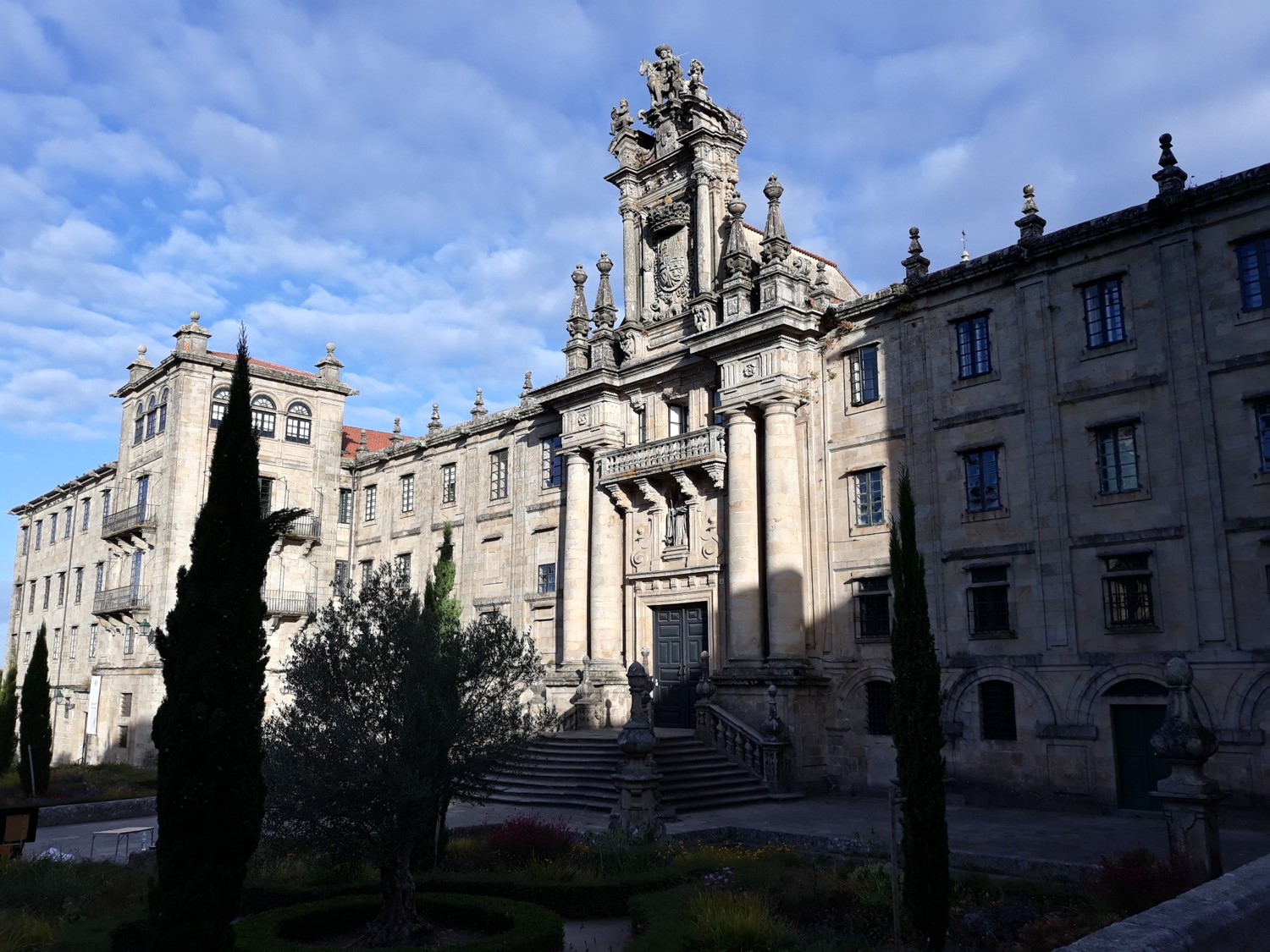
Its origin goes back to a small oratory dedicated to the devotion to “Santa Maria de la Corticela”. In the 9th century the structure was demolished, with only its chapel surviving and which today is an integral part of the Cathedral of Santiago de Compostela. The Benedict monks moved to the structure that would later become the great monastery we see today.
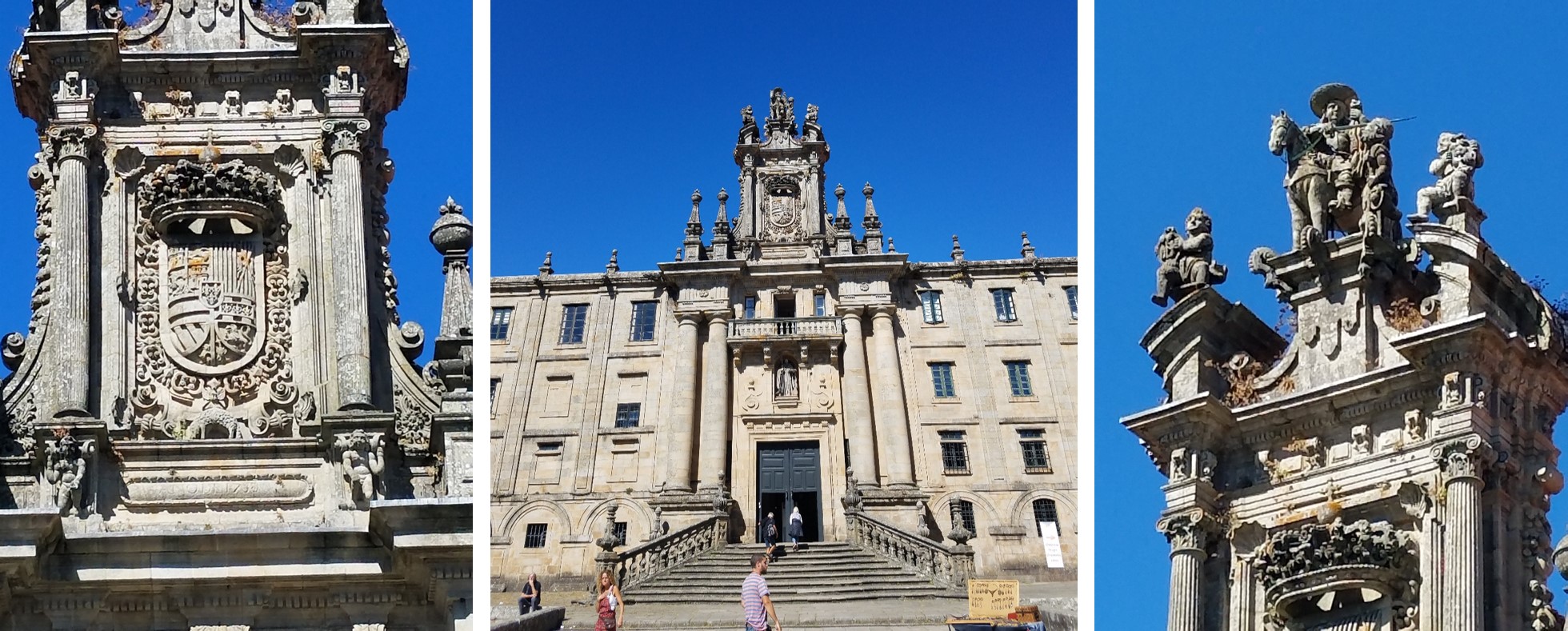
Across from the “Plaza de la Inmaculada” and the facade of the “Azabacheria” of the great Cathedral, is this architectural work of the Galician Renaissance where we can observe Renaissance, Baroque and Neoclassical elements. The Monastery is a group of buildings that consists of two cloisters in the interior, one of them with a square and the smaller one with a patio and the Church of San Martiño.
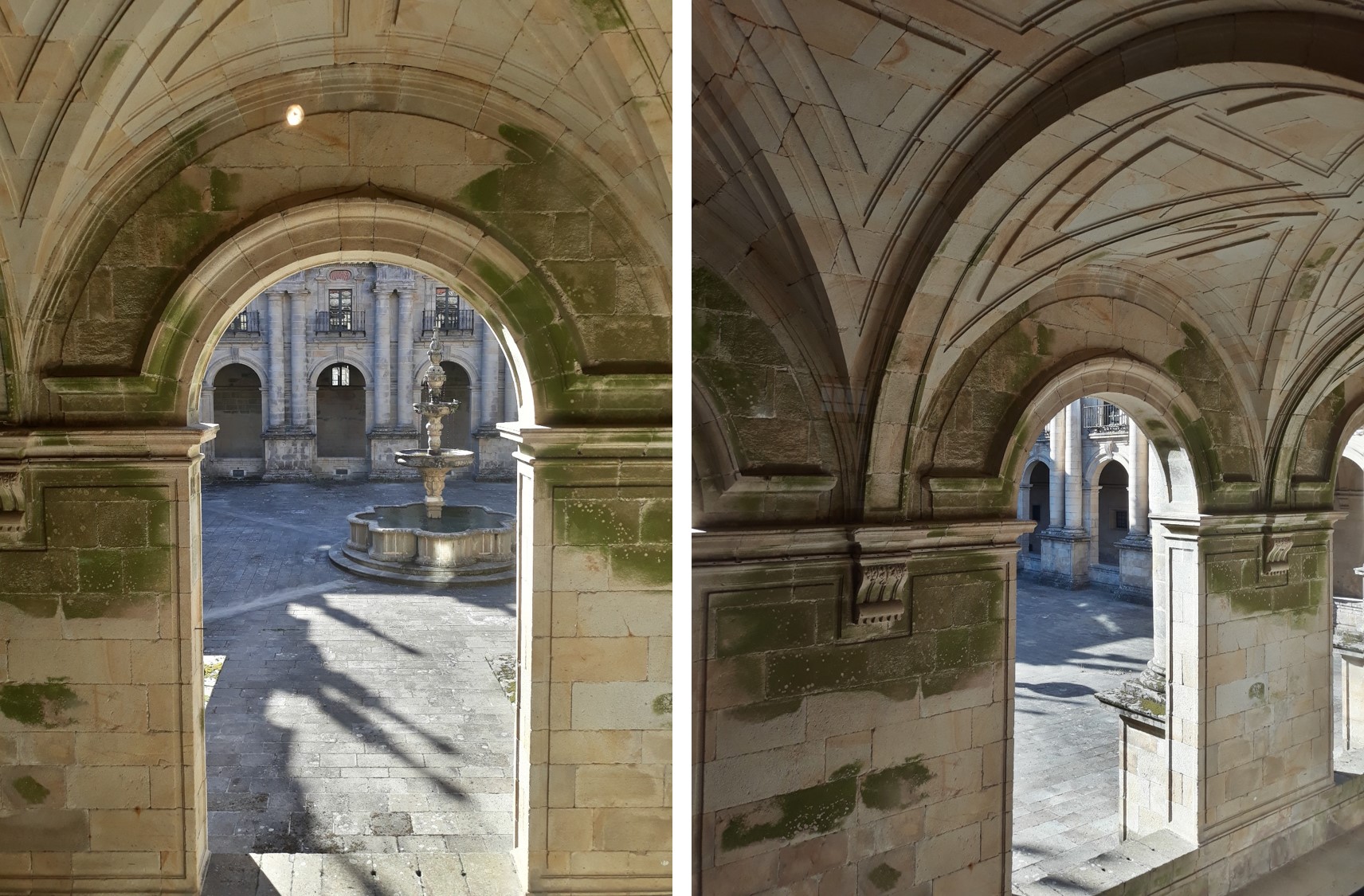
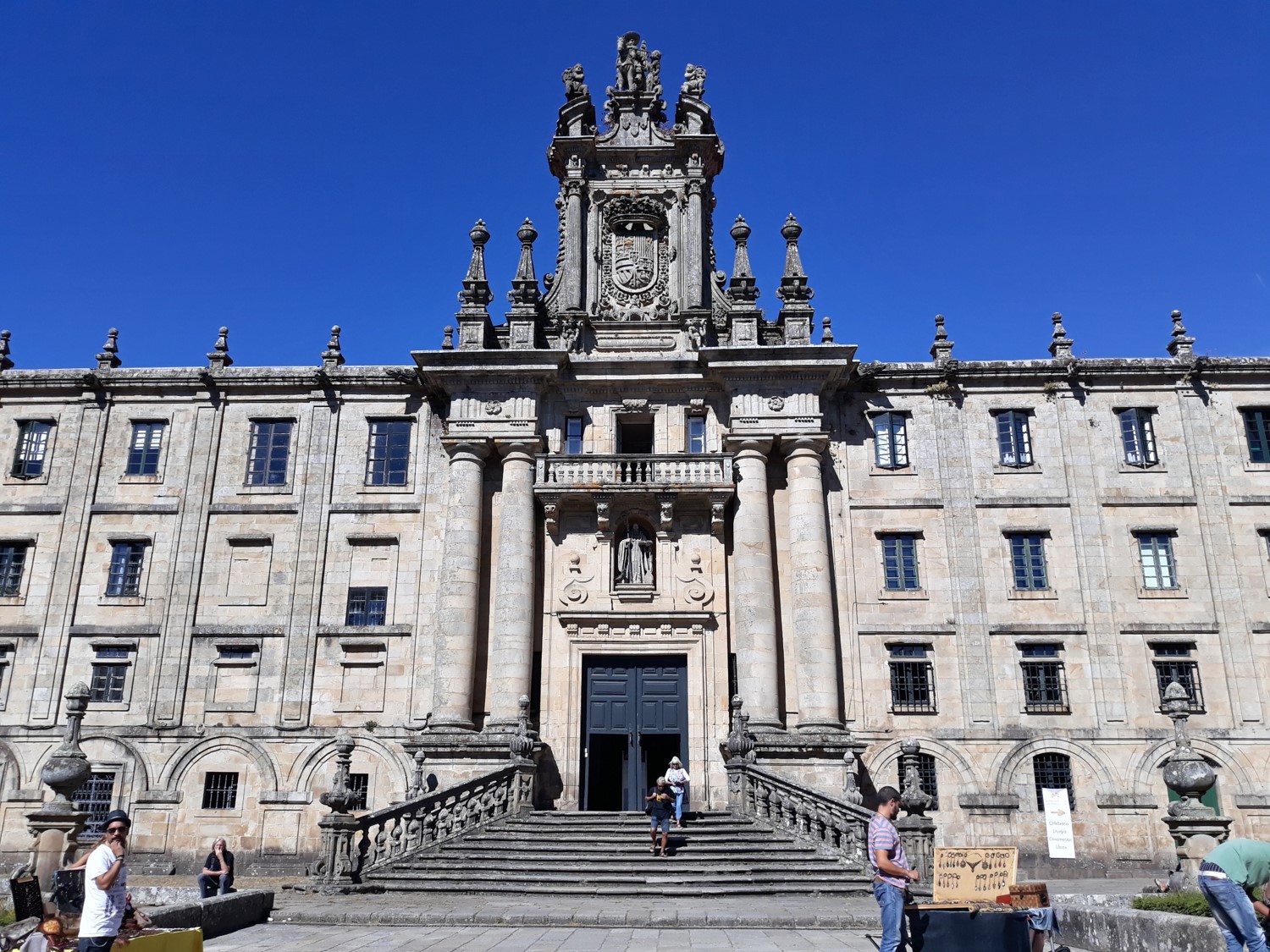
As in the past, artisans continue to congregate in front of the staircase of the Monastery of San Martin Pinario that leads to its entrance. The structure has four floors and its facade is divided into three parts. The five-level towers break the monotony of the façade, which is very simple. The entrance portical has Doric columns.
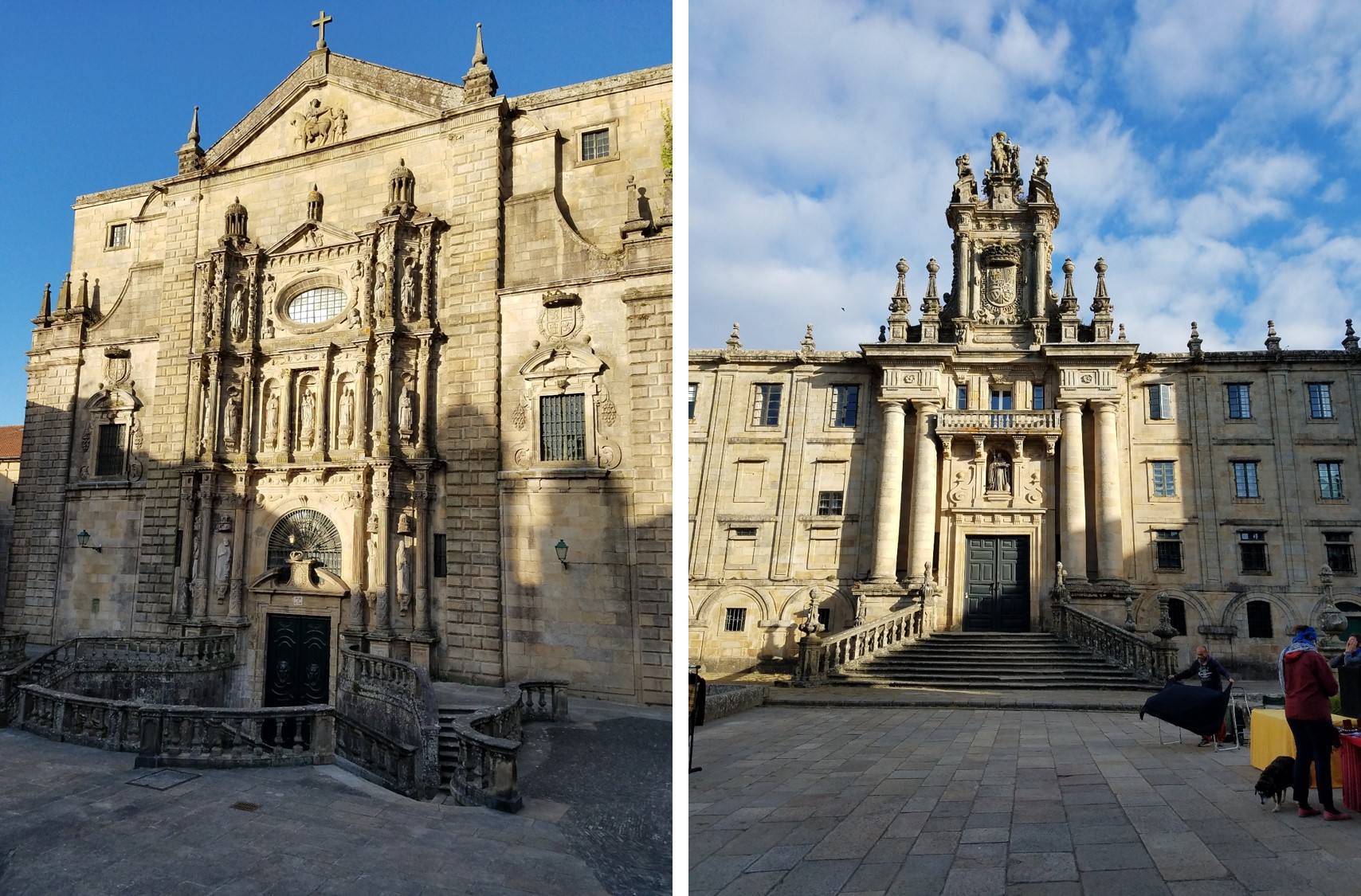
The church is located at the back of the main cloister and its front opens onto the “Plaza de San Martiño”, at the intersection of the “Ruas da Fonte de San Miguel” and “Porta da Pena”. The construction of the church had the intervention of several architects and artists that include the Portuguese Mateo López; the Grenadian Bartolomé Fernández Lechuga; Peña y Toro from Salamanca; and the brothers Tomás Alonso and Gabriel Casas. The facade of entrance to the Church simulates an altarpiece with images of the Virgin and several saints. In the pediment that crowns the cover is San Martiño.
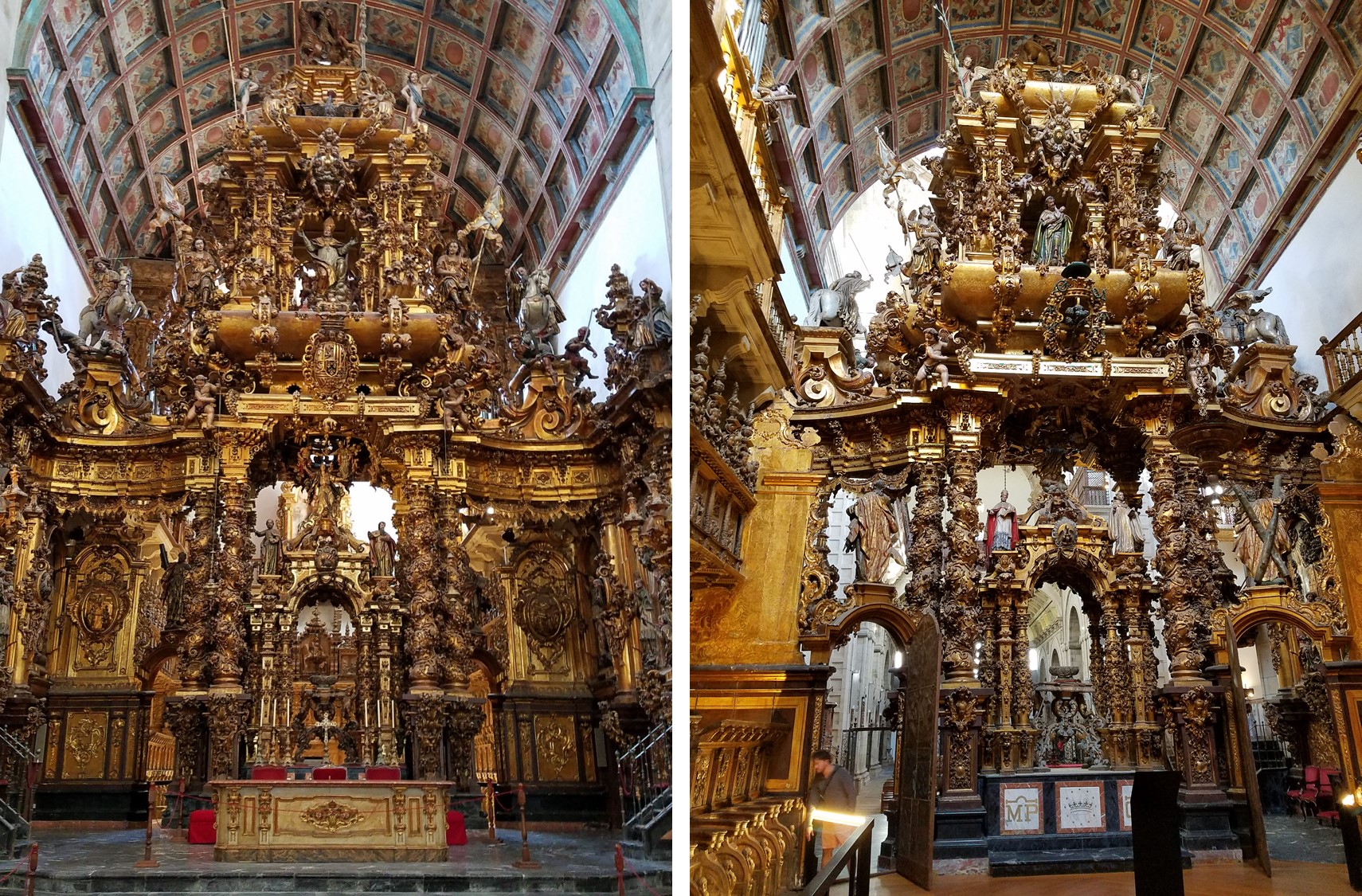
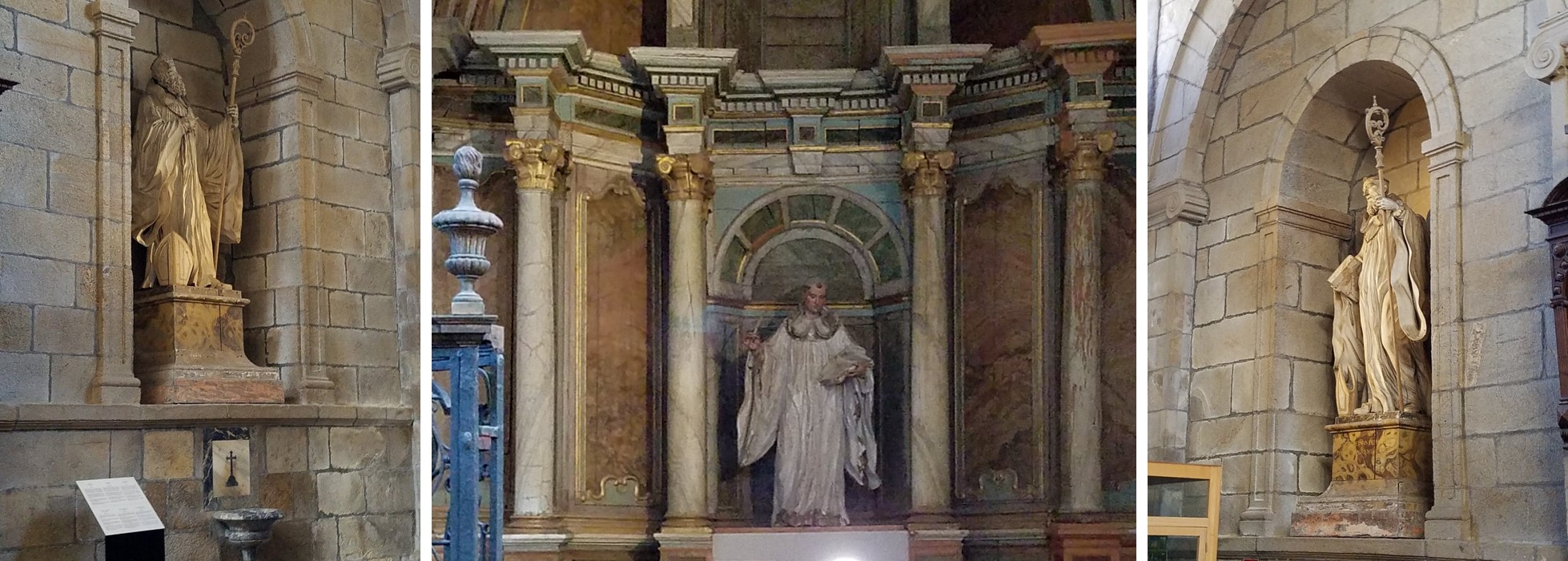
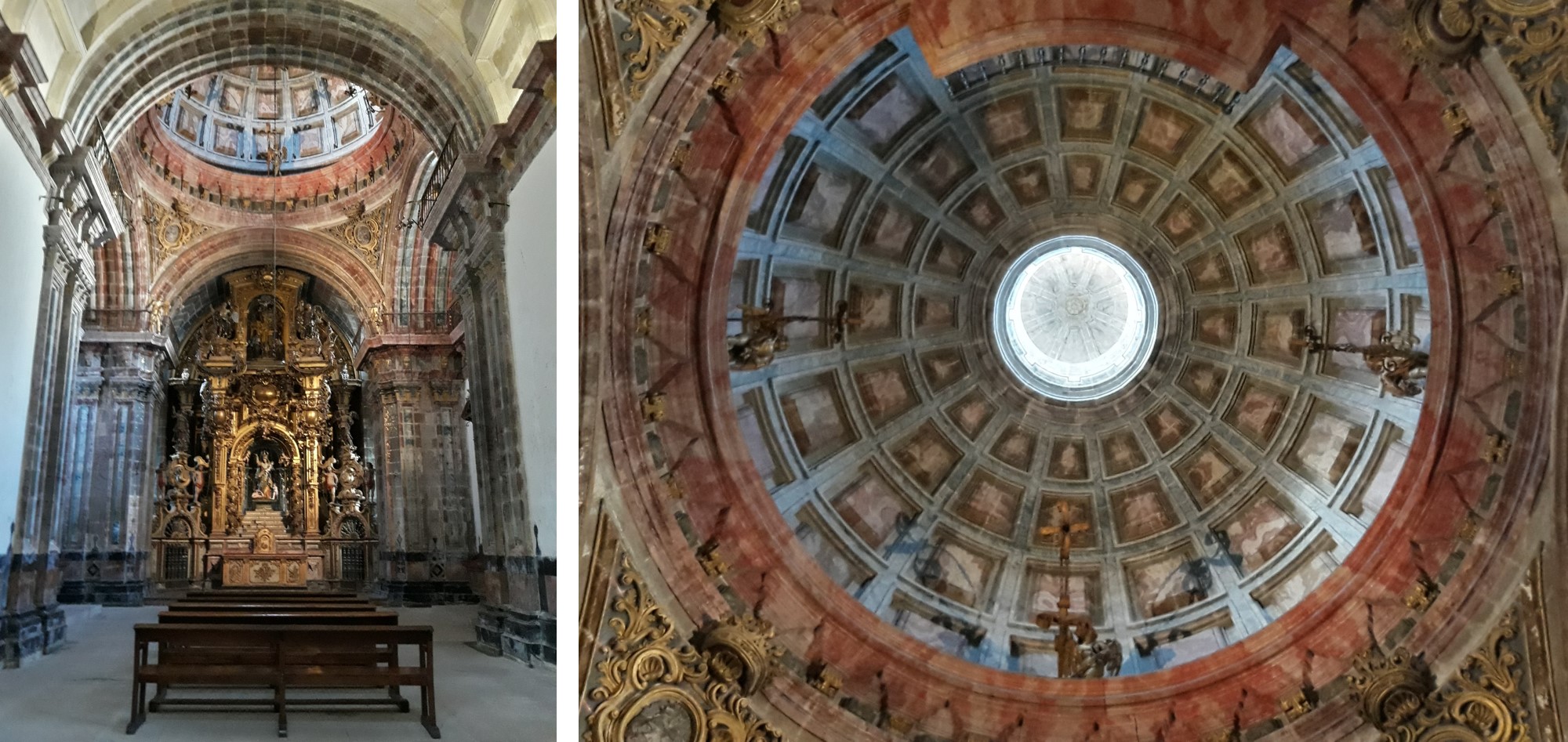
To achieve access to the Church, which is located on a slope, an staircase was built inspired on the staircase of the entrance by the Obradoiro of the Cathedral. The interior is composed of a Latin cross plan with three naves and a barrel vault. The main altarpiece in the Baroque style is designed by Fernando de Casas y Novoa and the actual construction done by Romay.
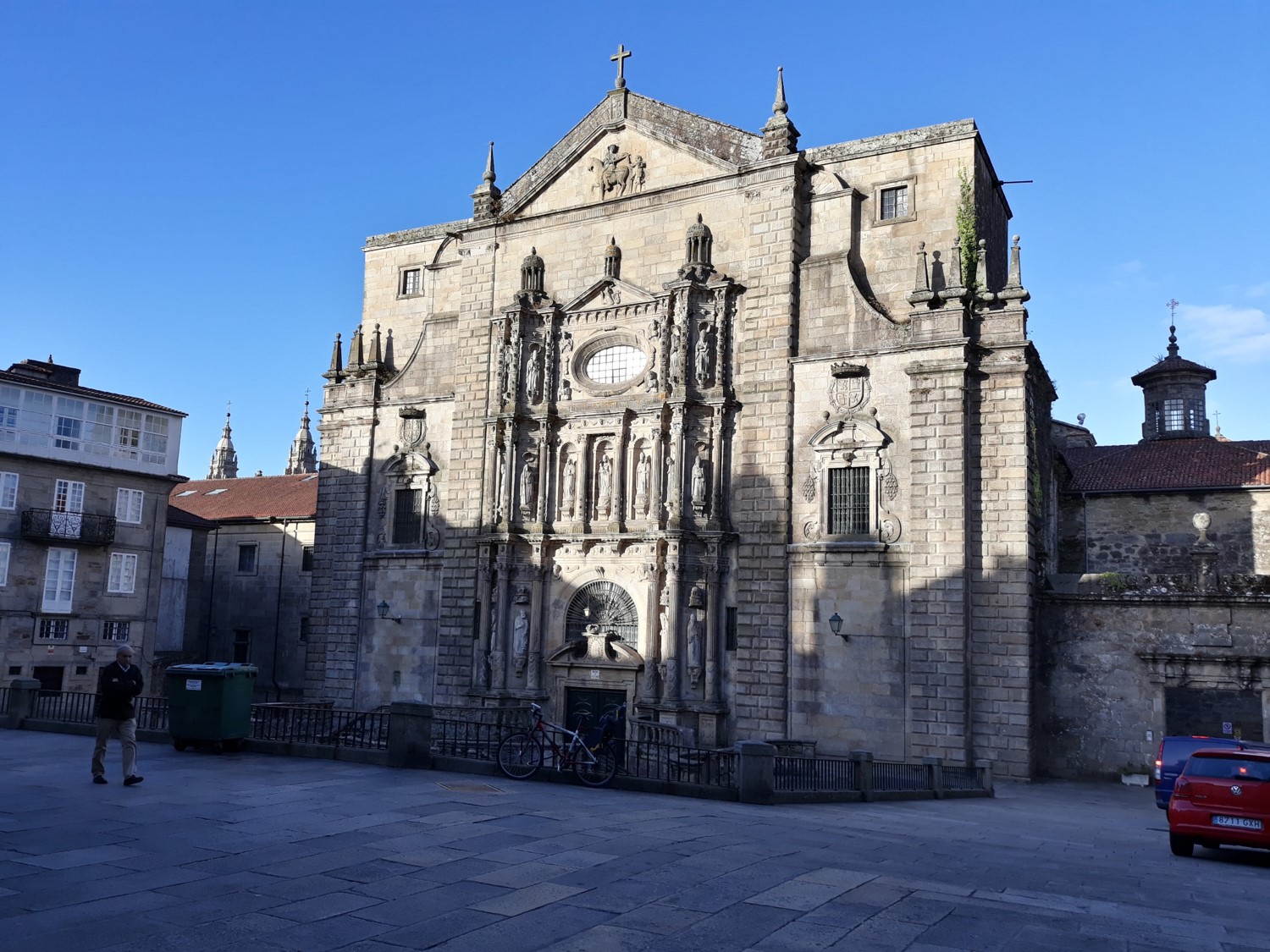
The complex has its Museum area with some very interesting collections. Definitely, a visit to this museum is a must.
